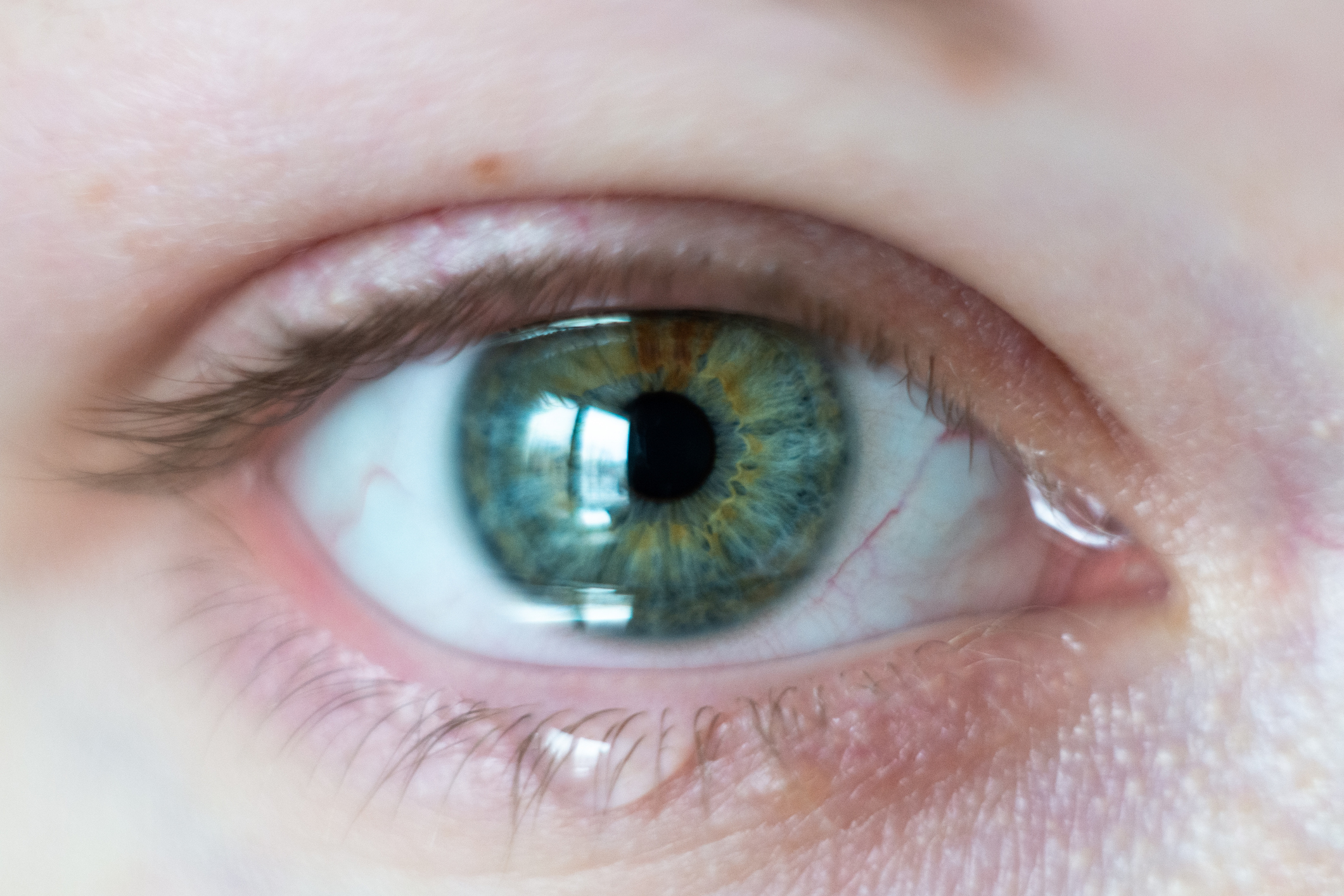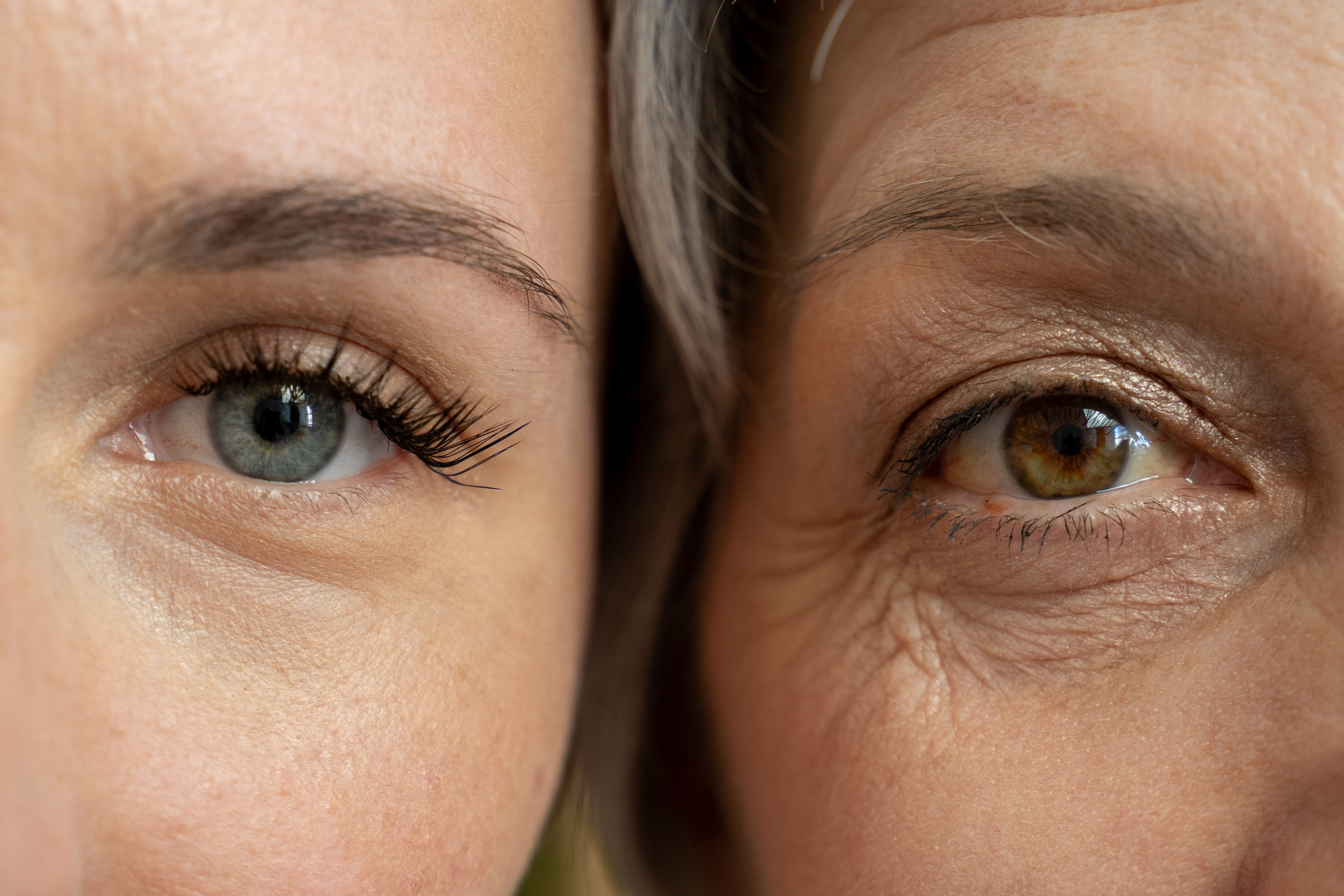Can Dry Eyes Cause Blurry Vision?
The Short Answer: Yes, dry eyes can cause blurry vision. When your eyes lack proper lubrication from tears, the surface of your eye becomes irregular and affects how light enters your eye, resulting in unclear vision.
Your eyes rely on a consistent layer of tears to maintain sharp, clear vision. Think of tears as a smooth window that light must pass through before reaching the sensitive parts of your eye. When that window becomes disrupted due to dry eyes, your vision can become temporarily blurred or distorted.
According to the National Eye Institute, dry eye affects millions of Americans, with nearly 16 million adults diagnosed with the condition. This common problem can significantly impact daily vision and comfort.
In this article, you’ll discover how tears affect your vision, what causes dry eyes to blur your sight, and practical ways to address this common problem. We’ll explore both quick fixes and long-term solutions to help you maintain clear, comfortable vision throughout your day.
What Is Dry Eye?
Dry eye syndrome often develops in three main ways:
- Your eyes might not produce enough tears, a common condition as people age or take certain medications.
- Tears might evaporate too quickly, especially if the meibomian gland function is impaired.
- Your tears may be missing important components, meaning they are unable to properly coat your eye surface.
When any of these problems occur, your tear film becomes unstable and breaks up too quickly between blinks, leaving dry spots that can cause both vision problems and discomfort.
Why Does Dry Eye Affect Vision?
Normal Tear Function
Tears do much more than show emotion – they’re necessary for clear vision and comfort. Every time you blink, tears spread across your cornea (the clear front surface of your eye) creating a smooth surface that allows light to focus properly.
This tear film also
- Washes away dust and debris
- Prevents infection
- Supplies oxygen and nutrients to your cornea.
Without this constant moisturizing and protection, dry eye symptoms can cause blurry vision.

Signs that Dry Eye is Affecting Your Vision
Common Vision Symptoms
Vision Effects
- Dry eye syndrome directly impacts visual clarity
- Insufficient tears lead to noticeable blurry vision throughout the day
- Tear film functions like a camera lens:
- Needs to be smooth and clear for sharp vision
- Vision often fluctuates between clear and blurred as tear film breaks down and reforms
Associated Symptoms
- Light sensitivity becomes common:
- Bright indoor lighting causes discomfort
- Sunlight may feel uncomfortable
- Eye strain develops more quickly:
- Digital device use becomes more difficult
- Computer screen viewing is more challenging
- Occurs because protective tear production isn’t functioning properly

The Physical Connection
The Root Cause: Corneal Surface Changes
- The cornea (clear front surface of your eye) requires constant tear production
- Healthy tears keep the cornea smooth and transparent
- When tears are lacking, the corneal surface becomes irregular and rough
- This irregular surface scatters incoming light instead of focusing it properly
These corneal surface irregularities directly correlate with decreased visual performance in dry eye patients.
Why Vision Problems Fluctuate
- Blinking temporarily spreads fresh tears across the cornea
- This momentarily improves visual clarity
- Vision quickly becomes distorted again when:
- Tears evaporate too quickly
- Tear composition isn’t the right consistency
This explains why dry eye-related vision problems tend to come and go throughout the day.
Warning Signs to Watch For
Pay attention if you notice:
- Vision that changes between clear and blurry throughout the day
- Difficulty focusing when using digital devices
- Eyes that feel gritty or scratchy
- Burning or stinging sensations
- Watery eyes or excessive tearing
- Redness in the whites of your eyes
See an eye doctor promptly if these dry eye symptoms persist for more than a few days, especially if artificial tears don’t provide relief. Early treatment can prevent corneal damage and long-term vision problems. Your eye doctor can determine the underlying cause and recommend the most effective treatment options for your specific situation.
Causes and Risk Factors

Common Causes
As we age, our eyes naturally produce fewer tears, with most people over 65 experiencing dry eye symptoms.
According to the American Academy of Ophthalmology, several health conditions can trigger dry eye syndrome, including:
- Rheumatoid arthritis
- Diabetes
- Autoimmune disease.
The AAO also notes that taking these medications may reduce tear production:
- Antihistamines
- Decongestants
- Blood pressure medications
- Antidepressants
Hormonal changes in women, particularly during pregnancy and menopause, can also lead to chronic dry eye.
Environmental Factors
- Extended computer screen time can significantly impact tear film, as people tend to blink less frequently when looking at digital devices
- Dry or windy climates speed up tear evaporation
- Indoor environments with air conditioning or heating can decrease air humidity
- Smoke exposure and high altitudes
- Poor air quality in office spaces or other workplace settings
Lifestyle Contributors
- Wearing contact lenses for long periods can interfere with the natural tear film across the eye surface
- Not drinking enough water throughout the day leads to dehydration, which affects tear production
- Poor sleep habits can impact overall eye health and vision
- Activities requiring intense focus often result in reduced blinking, which disrupts the eye’s natural moisturizing process
Making lifestyle changes to daily routines, like taking regular screen breaks and staying hydrated, can help maintain better eye moisture levels.
Conclusion and Solutions
Dry eye syndrome can definitely cause blurry vision, but there are many effective treatment options to address this common condition. Proper tear production and tear film quality are fundamental for clear, comfortable vision. When these are disrupted, both your eye health and visual clarity can suffer.
Treatment Options
- Over-the-counter artificial tears provide quick relief for mild dry eye symptoms. Look for preservative-free eye drops to minimize irritation.
- Lifestyle changes like using a humidifier, taking regular computer screen breaks, and staying hydrated can help maintain tear film.
3. For more significant cases, prescription medications, tear duct plugs, or specialized treatments may be needed to increase tear production and reduce inflammation.

When to Schedule an Eye Exam
Schedule an appointment with Visionary Eye Doctors if you experience:
- Persistent blurry vision that doesn’t clear with blinking
- Dry eye symptoms that interfere with daily life
- Symptoms that don’t improve with over-the-counter drops
Our experienced eye doctors at Visionary Eye Doctors can evaluate your tear production and quality to create a personalized treatment plan. Contact us today to take the first step toward relief from chronic dry eye and blurred vision. Restore your eye comfort and clear vision!



